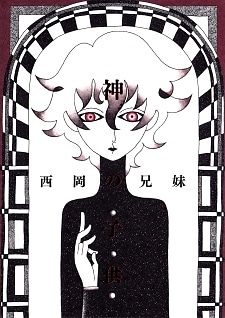Alternative TitlesSynonyms: Ding Dong Circus, A Dream in Heaven, The Ballad of Henri and Anne, Seventeen, Seaside Town, The Town Horse, Little Boy, Cute Little Boy, The Vietnam Debate, Sad Max, Summer Course, Harbour Marie, Chee-Chee Hat, Eyeball of the Desert, Bad Moon Japanese: うみべのまち 佐々木マキのマンガ1967-81 InformationType: Manga
Volumes: 1
Chapters: 37
Status: Finished
Published: Sep 23, 1967 to 1981
Theme:
Psychological
Demographic:
Seinen
Serialization:
Garo Authors:
Sasaki, Maki (Story & Art) StatisticsScore: N/A1 (scored by - users) 1 indicates a weighted score. Ranked: #235592 2 based on the top manga page. Please note that 'R18+' titles are excluded. Popularity: #25360
Members: 394
Favorites: 6 | New Interest Stack Interest Stacks 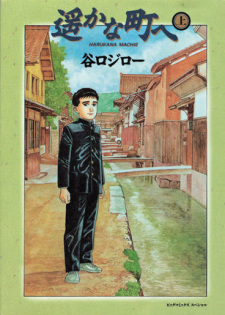 A selection of titles from the gekiga scene, a short-lived yet influential artistic movement that flourished during the 1960s to the 1970s and maintains a prominent underground presence today. While mostly known as a pioneer of cinematic paneling and close attention to realism, it would be more accurate to consider gekiga as a counterculture. Surrealistic, autobiographical, and experimental works emerged as an alternative to the Tezuka school of aesthetics and paved the way for other artists to different modes of expression. 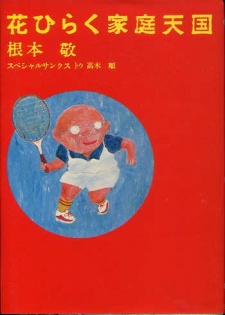 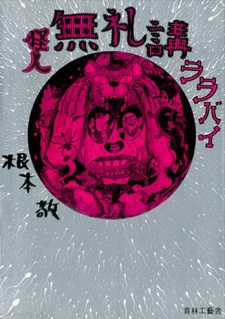 Heta-uma (ヘタウマ or ヘタうま) is a Japanese underground manga movement started in the 1970s with the magazine Garo. Heta-uma can be translated as "bad but good", designating a work which looks poorly drawn, but with an aesthetically conscious quality, opposed to the polished look of mainstream manga. 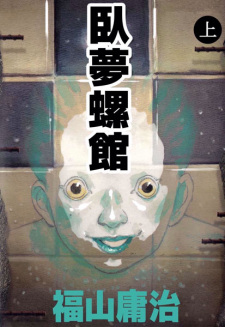  As the title says. I have plenty more to add and some which don't have MAL entries as well. Will update those here at a later date. Enjoy! 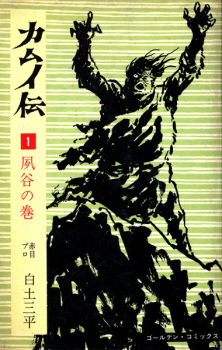  Honestly, MAL must hate Gekiga - so many great titles are simply non-existing. I struggled a bit and got frustrated over that. Will edit and change some titles at another date (as I always say with my lists, hopefully I will really get to it). |


